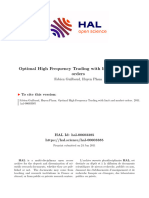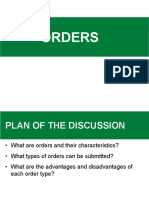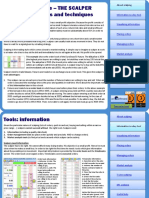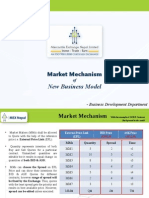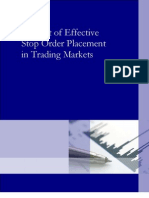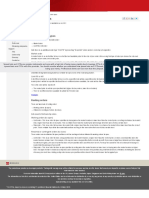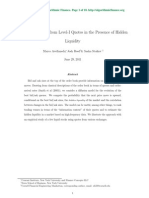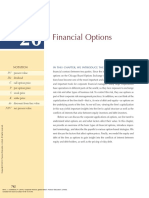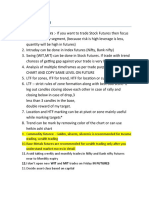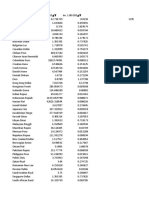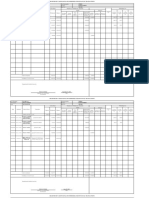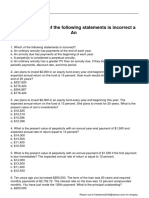Overview
There are two ways to profit from a market making strategy:.
1. Commission from providing continuous liquidity
2. Earn profit from spread
We are still discussing the first option, but if there is a loss from market making, Interopera will
compensate for it.
Strategy
Market making is a technology that requires continuous management and optimization, and in
particular, two major risk management areas are required. We will focus on responding to toxic
orders and inventory management.
Informativeness of aggressive Orders(Order Toxicity)
We consider orders from investors who have prior knowledge of the product price (such as when it is
being sold for more expensive in another market) as toxic orders. In this case, the order strength is
strong and the price continues to rise or fall. If we detect a very strong signal, we will widen the
spread to minimize losses.
As you can see in the circled part of the chart above, the price moves in the same direction if
aggressive orders occur continuously one side.
For example, if the trade price by another investor is higher than the existing best ask, the aggressive
order is in the buying direction. Accordingly, we will change the ask order to be more expensive.
�Inventory Risk Management
Market making strategy generates profit from spread if all orders received on the bid/ask side are
executed only. If only one side is executed continuously, revenue will not be generated and inventory
risk will be increased. Therefore, we will widen the spread to reduce inventory if the inventory on
one side of the buy/sell exceeds the threshold.
Trading Scenario
1. Initial order placement: The market maker submits limit orders on the bid and ask sides of
the market at a spread of 0.4 USD. For example, if the product start price is 5 USD, the
market maker will submit a bid order at 4.8 USD and an ask order at 5.2 USD.
2. Price movement: If the product price moves in a certain direction, the market maker will
adjust its limit orders to reflect that movement.
3. For example, if the product price is falling, the market maker will lower its ask order to
attract more sell orders.
�• Other participants took buyOrder only.
• Due to the continued decline in stock prices, the market making price range continues to fall.
• Ask 5.2 - 4.8 Bid, 0.4 Spread
• Ask 5.0 - 4.6 Bid, 0.4 Spread
• Ask 4.8 - 4.4 Bid, 0.4 Spread
• If bid orders are executed more than three times in a row, we will make a wider bid price by
0.2 USD to encourage selling at a lower price.
• Ask 4.6 - 4.0 Bid, 0.6 Spread
• If an aggressive order occurs in the opposite direction, the spread is reduced again.
• For example, In the following situations,
• A buy order was created at 4.7, and the order was concluded at 4.7, which is more expensive
than BeskAsk, and the system determines that an aggressive order has occurred.
� • Therefore, the bid side spread is reduced again. ( Ask 4.9 , Bid 4.5, 0.4 Spread )
4. When product prices continue to rise,
• During Ask/Bid, only the Ask side order is concluded, so selling inventory increases.
• If only the Ask side order is executed more than 3 times in a row, the Ask side limit order
position is increased by 0.2 USD.
• Ask 5.2 - 4.8 Bid, 0.4 Spread (executed at 5.2)
• Ask 5.4 - 5.0 Bid, 0.4 Spread (executed at 5.4)
• Ask 5.6 - 5.2 Bid, 0.4 Spread (executed at 5.6)
• Ask 6.0 - 5.4 Bid, 0.6 Spread
• If an aggressive order occurs in the opposite direction, the spread is reduced again.
Optimization of the threshold will continue to be done by analyzing the generated data.





